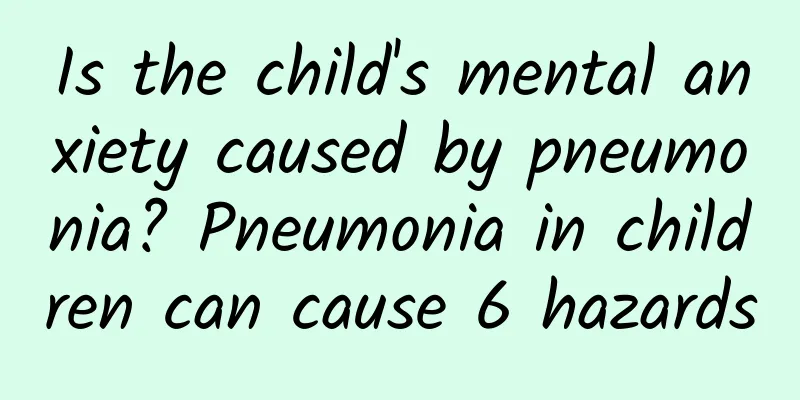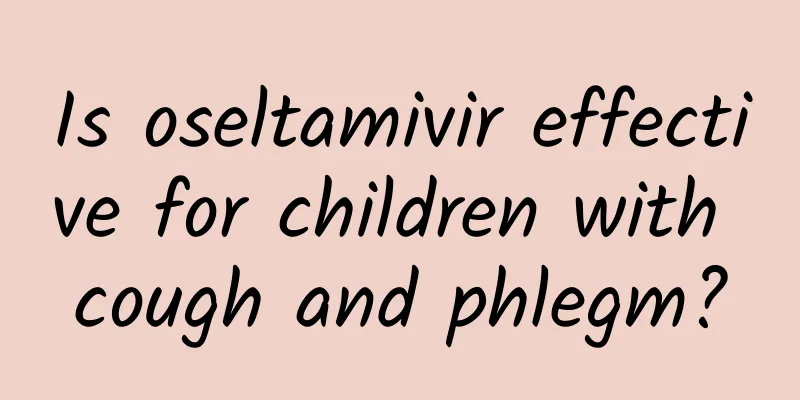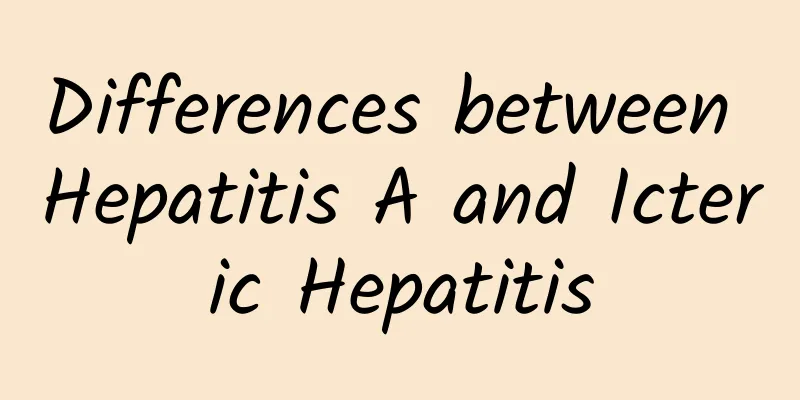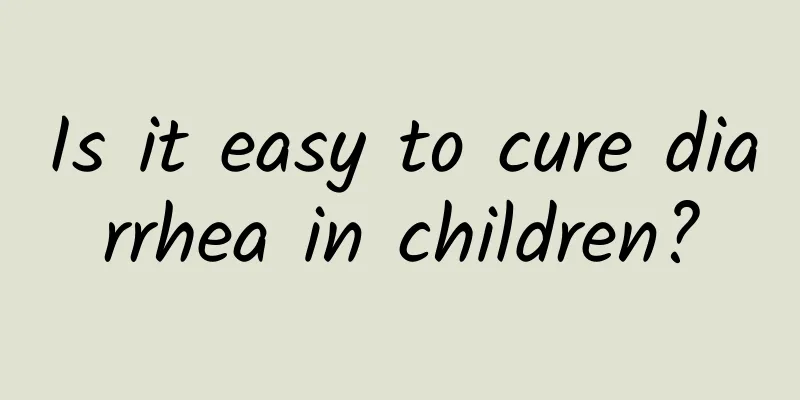How long does it take for newborn jaundice to subside?

|
Neonatal jaundice can be divided into physiological and pathological types. Generally, the physiological type does not require treatment and will disappear on its own, but the pathological type needs to be detected and treated early. 1. Characteristics of physiological jaundice Neonatal physiological jaundice is generally not deep and has the following characteristics: 1. Jaundice usually begins to appear 2-3 days after birth. 2. Jaundice gradually worsens, reaching a peak on the 4th to 6th day, and then gradually subsides. 3. For full-term newborns, jaundice generally disappears within 2 weeks after birth, and for premature babies, jaundice generally disappears within 3 weeks after birth. 4. The degree of jaundice is generally not severe, the skin color is light yellow, and jaundice is often limited to the face and upper body. During jaundice, the child's general condition is good, with normal body temperature, normal appetite, normal color of urine and feces, and normal growth and development. 5. The serum bilirubin level is higher than the normal level by 2 mg/dl, but lower than 12 mg/dl. If the child's jaundice falls into this category, parents do not need to worry. 2. Characteristics of pathological jaundice Pathological jaundice is caused by disease, which leads to abnormal metabolism of bilirubin. It occurs in a specific period of neonatal life, which significantly aggravates physiological jaundice and confuses it with physiological jaundice, making the diagnosis of jaundice difficult. However, pathological jaundice has some characteristics that are different from physiological jaundice: 1. Jaundice appears too early, within 24 hours after birth. 2. Jaundice disappears too late or lasts too long, exceeding the normal disappearance time, or jaundice has disappeared but reappears, or jaundice gradually disappears after the peak time but then progressively worsens. 3. Severe jaundice often affects the whole body, and the skin and mucous membranes become noticeably yellow. 4. When checking serum bilirubin, if the bilirubin exceeds 12 mg/dl, or rises too quickly, exceeding 5 mg/dl per day. ... What is jaundice in children and newborns?Why are babies prone to jaundice after birth? What is neonatal jaundice? Neonatal jaundice refers to a disease characterized by yellowing of the skin, mucous membranes and sclera due to the accumulation of bilirubin in the newborn's body, which leads to increased bilirubin levels in the blood. It is generally divided into physiological jaundice and pathological jaundice. After the baby is born, it must use the lungs to breathe directly to obtain oxygen. The hypoxic environment in the body is changed, and the demand for red blood cells is reduced. Therefore, a large number of red blood cells in the newborn baby's body are destroyed and decomposed into unconjugated bilirubin. However, the liver function of the newborn is imperfect, and the enzyme system is immature. Glucuronyl transferase takes 3 to 5 days for full-term infants and 5 to 7 days for immature infants to mature. Excessive bilirubin cannot be processed and excreted from the body, and can only accumulate in the blood. This bilirubin is like a yellow dye. With the flow of blood, it is added to the various characteristics of newborn bilirubin metabolism, dyeing the skin and sclera of the newborn yellow, so neonatal physiological jaundice occurs. Treatment of jaundice in children and newbornsJaundice is a common disease in newborn babies. To treat neonatal jaundice, we must first distinguish whether the baby suffers from physiological jaundice or pathological jaundice, and then take the correct treatment measures. There are also several treatment methods for neonatal jaundice, and everyone needs to treat it symptomatically according to the baby's actual symptoms. Physiological jaundice generally does not require treatment. The yellowing will disappear on its own after 1-2 weeks. Mothers can also feed their babies glucose water to speed up the disappearance of jaundice. Physiological jaundice can recover on its own without special treatment, and there will be no sequelae after recovery. Pathological jaundice is more serious and may cause serious diseases such as kernicterus, which is life-threatening. If a baby develops jaundice within 24 hours after birth, and it does not subside within 2-3 weeks, or even worsens or recurs, or if jaundice only appears within 1 week to several weeks after birth, it is pathological jaundice. When pathological jaundice occurs, it must be treated. There are three main treatments for pathological jaundice: phototherapy, exchange transfusion therapy, and drug therapy. Phototherapy: This method is the simplest and most effective way to treat jaundice, and the cost of treatment is not high. First, let the baby lie in the phototherapy box, cover the eyes and reproductive organs, and expose the rest of the body. Then use blue light to irradiate for 2-48 hours, but generally not more than 4 days, until the bilirubin drops below 7 mg/dL, then the treatment can be stopped. Blood transfusion therapy: Blood transfusion is the fastest and most effective method for neonatal jaundice, but it requires high medical technology and is relatively expensive. Not every baby with jaundice is suitable for blood transfusion therapy, and this therapy may also produce some adverse reactions. Therefore, this therapy is mainly used for babies with severe pathological jaundice. |
<<: How can parents prevent neonatal jaundice?
>>: How to deal with neonatal jaundice more effectively
Recommend
Will the child's seizures recur?
Will convulsions recur? Pediatric convulsions are...
Chinese medicine for treating pneumonia in children
There is a Chinese saying: "There are three ...
How to treat children's eczema with traditional Chinese medicine
Children with eczema can be treated with traditio...
What should I do if my baby has a cough? How should I treat my baby's cough?
If a child has a cough, parents must first find o...
What Chinese medicine should be used for patent ductus arteriosus
What Chinese medicine should be used for patent d...
Which department should I go to for suspected hand, foot and mouth disease?
If you suspect your child has hand, foot and mout...
ADHD Tests for Children
For a family, children are the most important bon...
What medicine should children take for fright? Two key points to know when taking medicine
Generally speaking, many mothers have encountered...
What are the symptoms of polio?
Children can suffer from many diseases during the...
Is polio hereditary?
Many patients will ask some questions about wheth...
What are the diagnosis and treatment of polio?
The emergence of polio sequelae has seriously aff...
What tests should be done for diarrhea in children
There are fewer children in the family nowadays, ...
What are the main transmission routes of hand, foot and mouth disease?
After the Spring Festival, spring has begun, but ...
Why does my child not cough during the day but cough at night? Is it effective to let the child drink warm water to relieve cough?
If the child is normal during the day but coughs ...
What are the symptoms of ADHD?
ADHD, also known as attention deficit hyperactivi...









